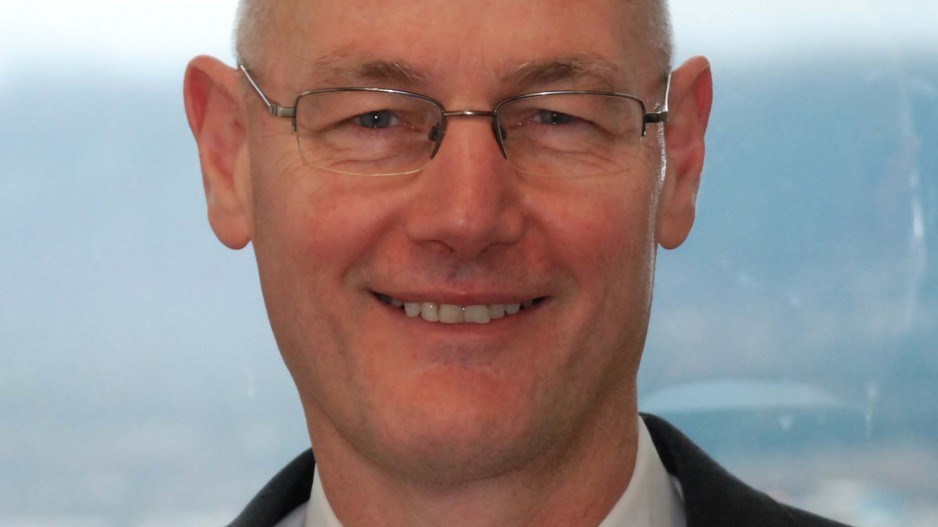Business in Vancouver's "How I Did It" feature asks business leaders to explain in their own words how they achieved a business goal in the face of significant entrepreneurial challenges. In this week's issue, Tim Durance, former University of BC professor and founder and co-CEO of EnWave Corp. (TSX-V:ENW), talks about the challenge of bringing a technology company back from the brink of death in the post dot-com era. The company's share price bottomed out at $0.01 in 2002, but has since rebounded to $1.50, and the company has landed contracts with major companies such as Kellogg Co., Nestlé and Merck.
"In 1999, I wasn't too much involved [with EnWave's day-to-day operations]. I was just a science guy at the university and a consultant. The company raised $2.2 million [through an IPO] and hired some professional managers, and they had a plan to build a drying plant, but the $2.2 million wasn't enough. They got partway through it and spent that money within a year and a bit.
"By the end of 2000, they had all left, and we owed $400,000 and had very little in the bank, so the board came to me and said, 'Do you want to get more involved in this or should we just let it go?'
"We were trading on the public markets at a cent or two. Beenu Anand and I went out and settled all the debt. Over the next year or two, we formed a new board and started looking for ways to survive. We had some proprietary designs for small-scale lab driers. We sold a few of those. We stayed alive by selling smaller units to pilot plants and university laboratories.
"John McNicol was appointed co-CEO in 2007. John was very good at raising money. We raised $1 million and had several financing rounds since then. That allowed us to build bigger equipment and show some credibility with the big companies.
"But we were getting this comment from customers that they didn't really want to invest in the technology because they were afraid they weren't really going to have the benefit. It's fairly expensive. A typical REV [radiant energy vacuum] unit will be $1 million to $2 million.
"There's always a fear – when you're developing something new – that the first customer will do all the spending and someone else will come along and buy the technology as well and get more of the benefit. So we decided to license exclusivity along with the technology. As well as getting the rights to produce it, the customer will get some form of exclusivity.
"For example, with Milne Fruit Products Inc. in the U.S., we can't sell to anyone else in their territory for drying their products, which is berries. For a smaller company like Milne Fruit, they get the state. For a bigger company like Nestlé, then for a category that they would define, they could probably get the world.
"We're up to about 60 employees now. Half of those are in Germany at the Hans Binder company that we purchased." •




